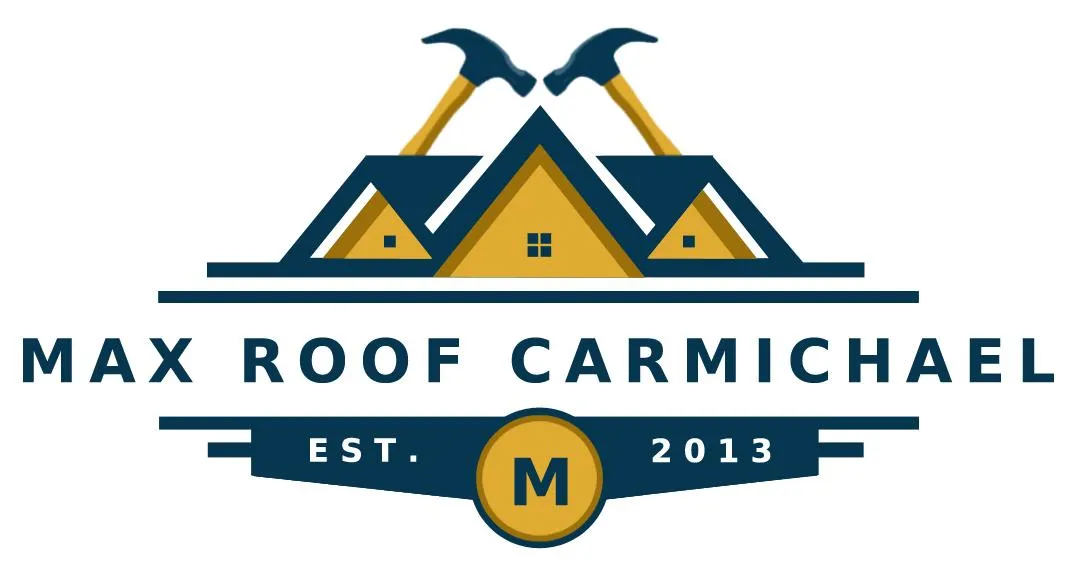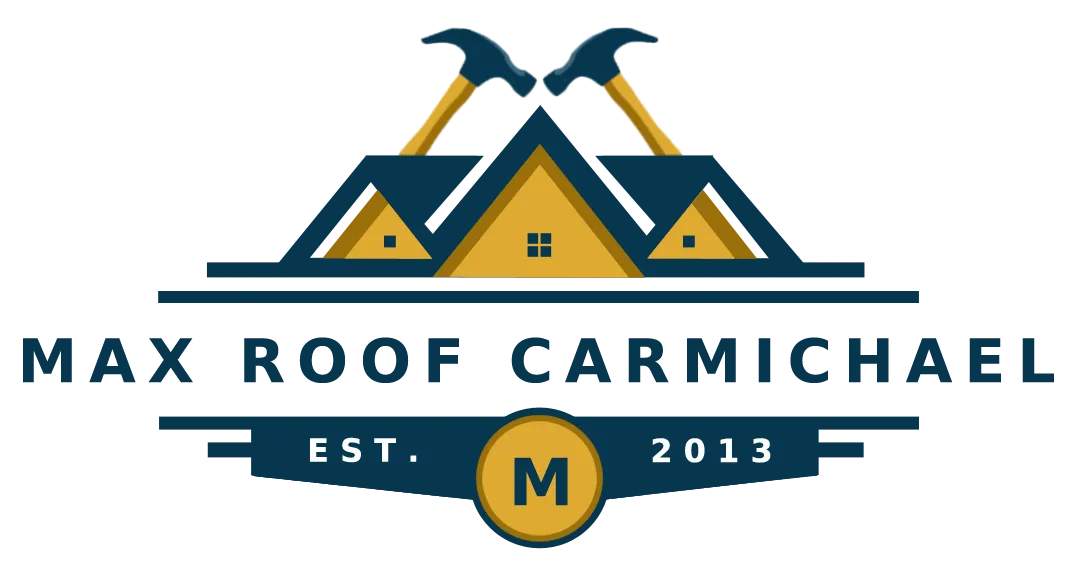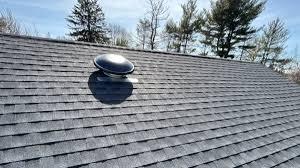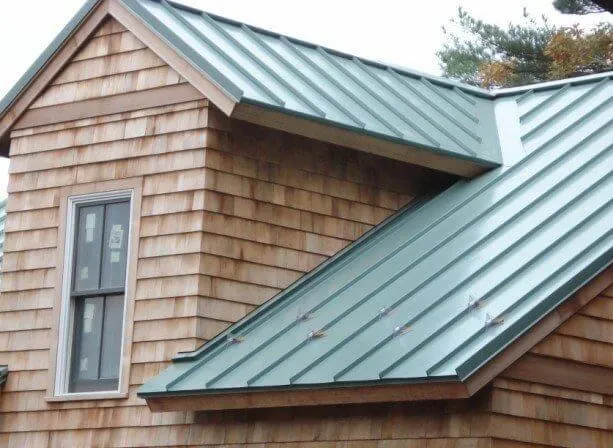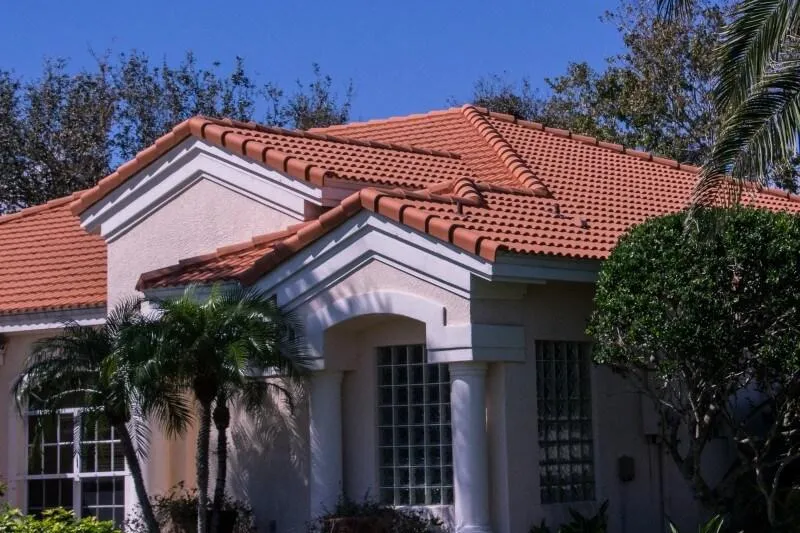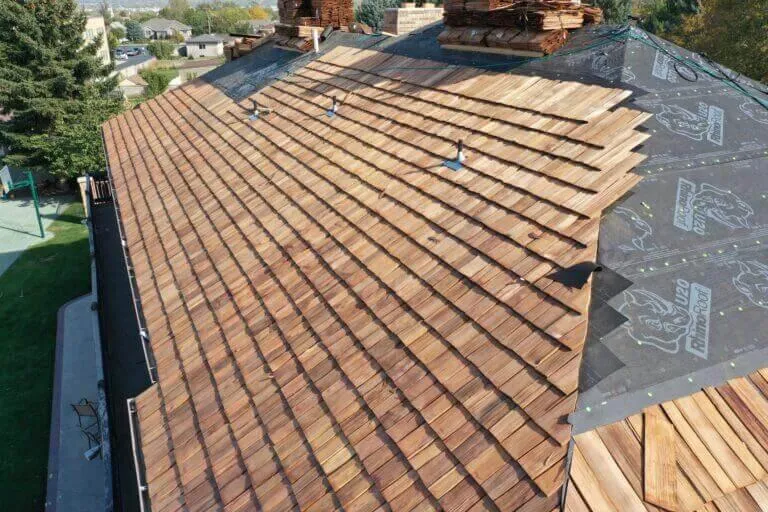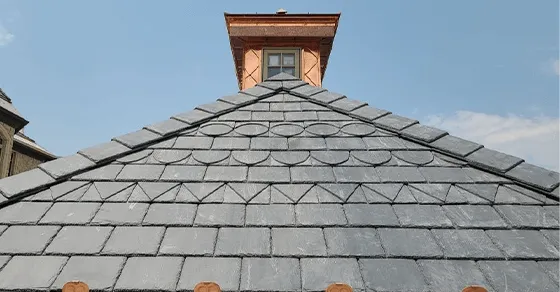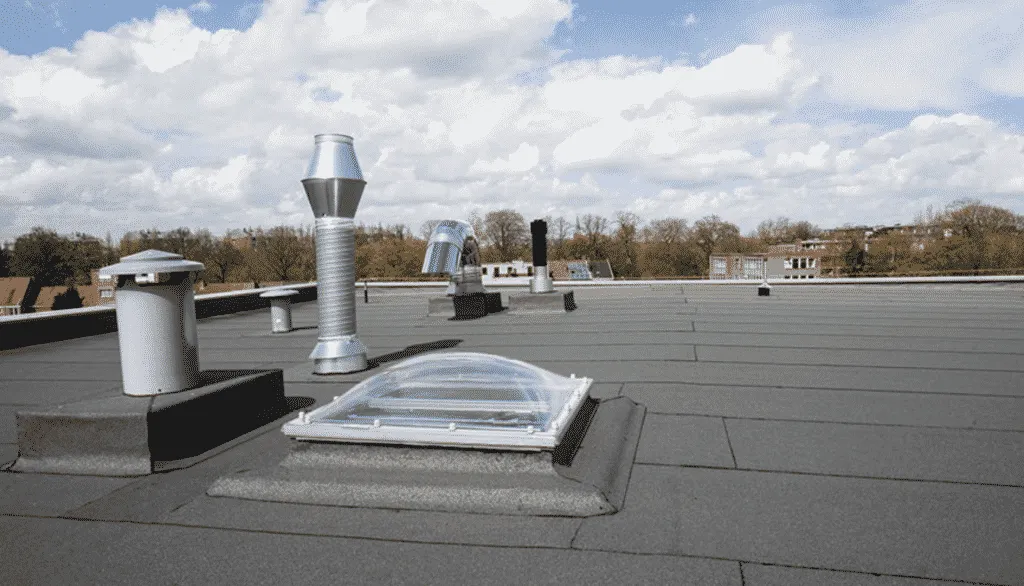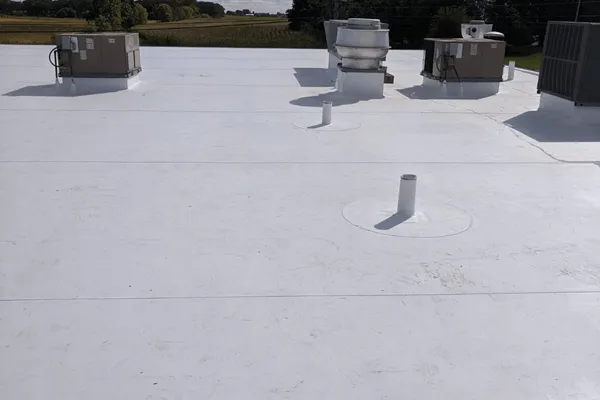Asphalt Shingle Roof Leak Detection Carmichael
Asphalt Shingle Roof Leak Detection Carmichael
Finding a leak in your asphalt shingle roof can feel overwhelming, but catching it early is key to avoiding more serious damage. If you notice water stains on your ceiling or walls, it’s time to take action. This guide will walk you through the steps to identify leaks, inspect your shingles, and maintain your roof, ensuring your home stays safe from water intrusion.
Key Takeaways
Act quickly to identify and fix leaks to prevent extensive damage.
Inspect shingles, flashings, and vents for potential leak points.
Regular roof maintenance and cleaning gutters can help avoid leaks.
Consider using technology like infrared cameras for leak detection.
If the damage is severe or complicated, it might be time to call in a professional.
Identifying Roof Leaks
Discovering a leak in your shingle roof early can prevent bigger problems down the road. It's like finding a small crack in your phone screen – ignore it, and it'll spread! This section will walk you through the steps, from staying safe to spotting those sneaky signs of water damage.
Safety First
Okay, before you even think about climbing onto your roof, let's talk safety. Seriously, this is important. Use a sturdy ladder – not that wobbly thing you found in the garage. And wear shoes with good grip. It's easy to slip, especially if the roof is wet or has moss. If you're not comfortable with heights, don't risk it. Call a professional. It's better to be safe than sorry!
Initial Signs of Water Damage
One of the first things you might notice is water stains on the ceiling. Keep an eye out for discoloration, peeling paint, or even bubbling drywall. These are all red flags that water is getting in somewhere. Don't ignore those musty smells either; that could be mold growing, which is another sign of a leak. Check around windows and doors too, as water can sometimes seep in there and travel down the walls.
Using Your Attic Access
If you have an attic, this is your next stop. Go up there during the day and turn off the lights. Look for any beams of sunlight shining through the roof. Those are your prime suspects! Use a flashlight to inspect the underside of the roof, looking for dark spots or trails. Pay close attention to areas around vents, chimneys, and anything else that pokes through the roof. These are common spots for leaks to develop. You can even use a marker to circle any suspicious areas for a closer look later.
Inspecting Shingles
Okay, so you're trying to figure out where that roof leak is coming from? A really important step is getting up close and personal with your shingles. They're your roof's first line of defense, and any damage there is a big clue. Let's get into how to check them out.
Spotting Damaged Shingles
First things first, you gotta look at those shingles. Visually inspect each shingle for any obvious damage. I mean, are they cracked? Torn? Do they look like they're missing bits and pieces? Missing granules are a big red flag. Also, don't be afraid to give them a little touch test. Gently run your hand over them (carefully, of course!). You might feel small cracks or chips that you can't see. And obviously, if there are shingles straight-up missing, that's a problem that needs immediate attention to prevent water intrusion.
Repairing Cupped or Curled Shingles
Cupped or curled shingles? Not good. When the edges of a shingle turn upwards, that's cupping. Curling is when the edges roll over. Both can let water sneak underneath. If you catch it early, sometimes you can use roofing cement to try and flatten them back down. But honestly, that's usually a temporary fix. The best thing to do is replace those damaged shingles ASAP to keep your roof in good shape.
Checking for Missing Shingles
Missing shingles are like leaving a door wide open for water. Seriously, don't ignore this. If you see bare spots on your roof where shingles used to be, you need to replace them, like, yesterday. It's not just about the missing shingle itself; it's about what the weather can do to the underlayment and roof decking underneath. Get those roof valleys covered up!
Examining Roof Penetrations
Roof penetrations are spots where things like vents, chimneys, and skylights stick out from your roof. These areas are notorious for leaks because they interrupt the continuous surface of your shingles. Let's take a closer look at how to check these spots.
Inspecting Flashing Around Vents
Flashing is the material, usually metal, that creates a watertight seal around roof penetrations. It's super important to check this flashing regularly. Look for rust, bends, or gaps. If you see any of these, water can seep in. For vents, make sure the flashing is snug against both the vent and the shingles. Sometimes, a bit of sealant can help, but if the flashing is really damaged, it might need replacing. I had a vent flashing issue last year, and it turned out a squirrel had been chewing on it! Crazy, right?
Assessing Chimney Seals
Chimneys are another common trouble spot. Start by checking the step flashing, which is what seals the area between the chimney and the shingles. Make sure it's properly installed and in good shape. Then, look at the seal around the chimney itself. If you see cracks or gaps, use a good quality exterior caulk to seal them up. It's important to use the right kind of caulk for asphalt shingles, or you could end up causing more damage. I usually apply caulk to all the joints where the flashing meets the chimney and the roof.
Evaluating Skylight Integrity
Skylights can be a beautiful addition to a home, but they also present a potential leak point. Check the skylight for cracks in the glass or frame. Also, inspect the flashing around the skylight, just like you would for a vent or chimney. Make sure the sealant is in good condition and that there are no gaps where water can get in. Sometimes, the problem isn't the skylight itself, but the way it was installed. If you're not comfortable getting up on the roof, it might be best to call a pro for this one.
Keeping an eye on these roof penetrations can save you a lot of headaches down the road. Regular checks and quick repairs can prevent small problems from turning into big, expensive ones.
Utilizing Technology for Leak Detection
Let's be real, sometimes finding a roof leak feels like searching for a needle in a haystack. Luckily, we've got some cool tech on our side these days. Forget just poking around blindly; these tools can seriously up your leak-detecting game.
Infrared Technology
Infrared cameras are pretty neat. They work by detecting temperature differences. Since water changes the temperature of materials, these cameras can spot damp areas that you wouldn't see with the naked eye. It's like having thermal vision for your roof! You can scan your ceilings and walls to see if there are any hidden water stains. It's important to use them correctly, though. You'll want to do it when there's a good temperature difference between inside and outside for the best results. It's not foolproof, but it can definitely point you in the right direction.
Moisture Meters
Moisture meters are another handy tool. They measure the amount of moisture in materials like wood and drywall. You just stick the probes into the surface, and it gives you a reading. It's a great way to confirm if that suspicious stain is actually wet or just old. There are two main types: pin meters and pinless meters. Pin meters are more accurate, but they leave tiny holes. Pinless meters are less invasive, but they might not be as precise. I'd recommend having one of these in your toolbox. Here's a quick comparison:
Meter Type | Accuracy | Damage | Best For |
|---|---|---|---|
Pin | High | Small holes | Wood, drywall |
Pinless | Moderate | None | General scanning |
Water Testing Methods
Okay, so this one might sound a little crazy, but hear me out. Sometimes, the best way to find a leak is to simulate rain. You can use a garden hose to spray different sections of your roof and see where the water comes in. It's a bit messy, but it can be super effective. Start at the lowest point of the roof and work your way up, testing small areas at a time. Have someone inside looking for leaks while you're spraying. This method is especially useful for finding leaks around chimneys, vents, and skylights. Just be careful not to use too much water, and definitely don't do it if it's freezing outside!
Using technology can make finding roof leaks much easier and more accurate. However, it's important to remember that these tools are just aids. Always combine them with a thorough visual inspection for the best results. And if you're not comfortable getting on the roof, leave it to the pros!
Common Problem Areas for Asphalt Shingle Roofs
Valleys and Eaves
Valleys, where two roof planes meet, are notorious for leaks. Water flows down these areas, concentrating runoff. Eaves, the lower edges of the roof, are also vulnerable, especially if ice dams form in colder climates. Proper flashing and underlayment are essential in these areas.
Check for debris accumulation.
Inspect for damaged or missing shingles.
Ensure proper sealing and flashing.
Valleys and eaves are prime spots for water to infiltrate your home. Regular maintenance and prompt repairs in these areas can save you from costly damage down the road.
Around Roof Fixtures
Any penetration in your roof, like vents, chimneys, and skylights, is a potential weak point. The flashing around these fixtures is designed to create a watertight seal, but it can degrade over time. It's important to check the roof flashing for cracks, rust, or gaps. Also, make sure the seals around skylights are intact.
Inspect for cracked or damaged flashing.
Check for gaps or missing sealant.
Ensure proper drainage around fixtures.
Transition Areas
Transition areas, where the roof meets a wall or another structure, can also be problematic. These areas often require specialized flashing and sealing to prevent water intrusion. Keep an eye on these spots, especially after heavy rain or snow. Look for signs of water damage, such as stains or discoloration. Regular inspections for leaks can help catch problems early.
Check for proper flashing installation.
Inspect for gaps or cracks in sealant.
Ensure proper overlap of roofing materials.
Preventive Measures for Roof Maintenance

Regular Inspections
I can't stress this enough: regular roof inspections are key. I try to do mine at least twice a year – once in the spring and again in the fall. Look for things like cracked, warped, or missing shingles. It's also a good idea to check for moss or algae growth, which can trap moisture and damage your shingles over time. And don't forget to peek at the metal parts, like flashing, for any signs of rust. If you see a lot of shingle granules in your gutters, that's a sign that your shingles are wearing down. Catching these problems early can save you a ton of money and hassle down the road. For a more detailed analysis, especially after harsh weather, consider having a certified inspector evaluate your roof.
Gutter Cleaning
Okay, so cleaning gutters isn't exactly fun, but it's super important. Clogged gutters can cause water to back up under your shingles, leading to leaks and other problems. I usually clean mine out at least twice a year – in the spring after the trees have finished blooming and again in the fall after all the leaves have fallen. Make sure to remove all the leaves, twigs, and other debris that can clog up your gutters and downspouts. A good flow of water away from your foundation is what you're aiming for. It's also a good idea to check your downspouts to make sure they're properly directing water away from your house. Trust me, a little bit of gutter cleaning can go a long way in preventing roof leaks.
Prompt Repairs
Don't put off those little repairs! A small leak or a few missing shingles might not seem like a big deal, but they can quickly turn into major problems if you don't address them promptly. Keep an eye out for any signs of damage, and don't hesitate to call a professional if you're not comfortable doing the repairs yourself. Addressing potential problem areas like flashings will help maintain the integrity of your roofing structure. It's way cheaper to fix a small problem than to replace your entire roof. Plus, keeping your roof in good shape can help prevent more serious damage to your home's interior.
I've learned the hard way that ignoring small roof problems is a recipe for disaster. A few years ago, I noticed a small leak in my attic, but I figured it wasn't a big deal. Well, a few months later, the leak had gotten much worse, and I ended up having to replace a large section of my roof. Now, I make sure to address any roof problems as soon as I notice them.
When to Call a Professional
Sometimes, tackling roof issues yourself just isn't the best idea. Knowing when to bring in a pro can save you a lot of headaches, and potentially a lot of money, in the long run. It's all about recognizing when the problem is beyond a simple DIY fix.
Signs of Extensive Damage
If you're seeing widespread problems, like multiple leaks or a large area of damaged shingles, it's time to call in a professional. Extensive damage often indicates underlying issues that require expert assessment and repair. Trying to patch things up yourself might only address the surface problem, while the real damage continues to worsen. For example, if you notice:
Sagging areas on your roof
Significant water stains on your ceiling
A large number of missing or broken shingles
then it's definitely time to get a professional opinion. Ignoring these signs can lead to more serious structural problems and costly repairs down the road. A professional can assess the extent of the damage and recommend the best course of action, whether it's a simple repair or a full roof replacement. Don't underestimate the importance of a thorough inspection by someone who knows what to look for.
Complex Leak Situations
Some leaks are easy to spot and fix, but others can be tricky to track down. If you've got a leak that you just can't seem to find the source of, or if the leak is in a difficult-to-reach area, it's best to call a professional. These guys have the tools and experience to locate even the most elusive leaks. Plus, they can identify any underlying issues that might be causing the leak, such as damaged flashing around roof penetrations or problems with the underlayment. Trying to fix a complex leak yourself can be frustrating and time-consuming, and you might end up causing more damage in the process. Save yourself the hassle and call in the experts.
Safety Concerns
Let's be real, working on a roof can be dangerous. If you're not comfortable with heights, or if you don't have the proper safety equipment, it's not worth risking your health to try and fix a roof leak yourself. Professionals have the training and equipment to work safely on roofs, so you can rest easy knowing that the job is being done without putting anyone at risk. Plus, they're insured, so you're protected in case anything goes wrong. Here are some situations where safety should be your top priority:
Steep roofs
Roofs that are wet or icy
Roofs that are high off the ground
Remember, your safety is more important than saving a few bucks. If you're not confident in your ability to work safely on your roof, call a professional. It's always better to be safe than sorry.
Ultimately, deciding whether to call a professional depends on your comfort level, the extent of the damage, and the complexity of the situation. If in doubt, it's always best to err on the side of caution and get a professional opinion. They can provide you with a thorough assessment of your roof and recommend the best course of action to keep your home safe and dry. Regular roof maintenance is key!
Wrapping It Up
So, there you have it! Detecting leaks in your asphalt shingle roof doesn’t have to be a huge hassle. Just keep an eye out for those signs like water stains or missing shingles. If you find something, don’t wait too long to fix it. A little leak can turn into a big problem if you ignore it. Whether you decide to tackle the repairs yourself or call in a pro, being proactive is key. Remember, regular checks and maintenance can save you a lot of headaches down the road. Stay safe up there, and good luck with your roof!
Frequently Asked Questions
How can I find a leak in my roof if I don't see any damage on the shingles?
Even if the shingles look fine, leaks can happen because of problems underneath. Check your attic for wet spots or stains, which can help you find where the leak is coming from. If you can't get into the attic, you can use a hose to spray water on different areas of the roof to see where it might be leaking.
What should I look for during heavy rain to find a roof leak?
When it's raining hard, watch for any dripping or dark spots on your ceiling. These can show where the water is coming in. Use a bucket to catch the water and check the attic later to see if you can find the leak's source.
Can infrared technology help me find a roof leak? How does it work?
Yes, infrared technology can help find leaks by showing temperature differences on the roof. Wet areas hold heat differently than dry spots, so using an infrared camera can help you see where the leak might be.
What steps should I take to find a leak from inside my home?
Go to your attic and look for any signs of moisture, like wet wood or water stains. Note where you see these signs, and measure where they are compared to something fixed, like a chimney. You can then go outside and check the roof above that spot.
How do I fix a leak that I find under the shingles?
After finding a leak, check the area underneath the shingles for damage. If the damage is small, you can replace the damaged shingles and any underlayment. If it's bigger, you might need to call a professional.
When should I consider hiring a professional for roof repairs?
If you notice a lot of damage or if the leak is hard to find, it's best to call a professional. They have the right tools and experience to handle complex situations safely.
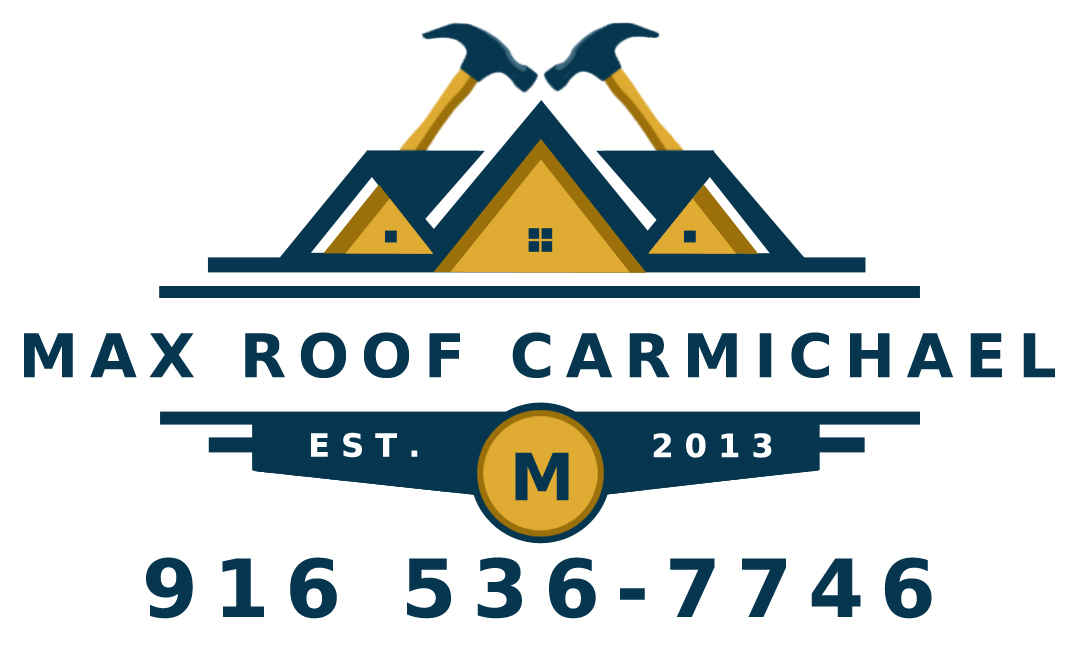
Contact Us To Get A Free Quote!
Roofing We Install In Carmichael
